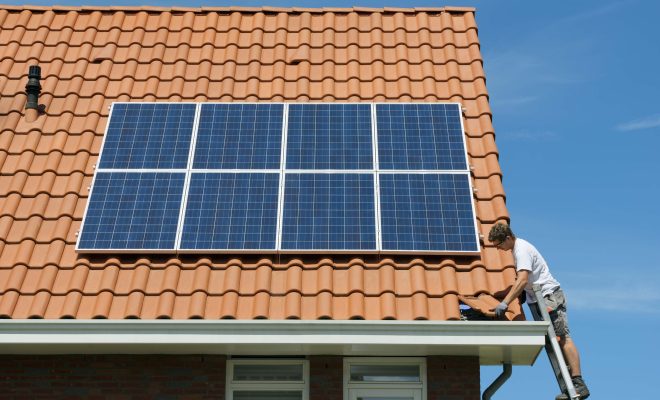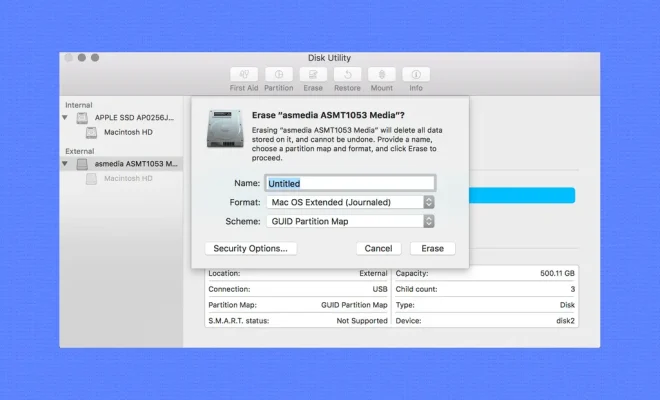What It Takes to Go Off the Grid With Solar Panels

Introduction
Living off the grid is a dream for many people who wish to break away from the constraints of conventional utility services. One way to achieve this self-sufficient lifestyle is by harnessing solar power through solar panels. This article will walk you through what it takes to successfully go off the grid with solar panels.
1. Assess Your Energy Needs
The first step in going off the grid is determining your household’s energy consumption. This evaluation will help you determine the size of your solar power system and how many solar panels you’ll need. Keep in mind that it’s essential to account for all electrical appliances, equipment, and future energy requirements when calculating your total energy consumption.
2. Choose the Right Solar Panels
Solar panels come in various technologies, efficiencies, and prices. Choosing the correct panels for your individual needs is an essential part of going off the grid. Research different solar panel types such as monocrystalline, polycrystalline, and thin-film to understand which one suits your budget and energy requirements.
3. Install a Battery Storage System
To go completely off the grid with solar power, you’ll need a battery storage system to store excess energy generated during daylight hours for use at night or during cloudy days. Batteries come in various technologies like lead-acid and lithium-ion, each with its advantages and drawbacks. Select a battery based on factors like storage capacity, life span, maintenance, performance, and cost.
4. Equip an Inverter
An inverter is crucial for converting DC electricity produced by your solar panels into AC electricity usable by your household appliances. When choosing an inverter for off-grid living, pay attention to key parameters such as efficiency, reliability, and compatibility with your solar power system and battery storage.
5. Ensure System Monitoring and Maintenance
Regular monitoring of your solar power system’s performance is essential to maximize its efficiency and avoid unexpected downtime. Invest in a monitoring system that provides real-time performance data and alerts for potential issues. Routine maintenance, including cleaning solar panels and inspecting connections, will also contribute to your system’s longevity.
6. Obtain Necessary Permits and Comply With Local Regulations
Before installing your off-grid solar power system, ensure that you meet all permit requirements and follow local regulations. This might include building codes, zoning laws, and homeowner association restrictions. In some jurisdictions, you may also need to consult with utility companies or interconnect your off-grid system.
7. Seek Professional Help
Going off the grid is a significant investment and can be a complex process. It’s recommended to consult with professional solar installers or energy experts who can guide you through the process, assess site feasibility, determine your energy requirements, recommend suitable equipment, and perform installation.Biden Must Leave ‘Failed’ Trump.]
Conclusion
Embracing solar energy to go off the grid can be a rewarding move towards self-sufficiency, sustainable living, and environmental responsibility. Thorough planning, research, maintenance, and compliance with local regulations will ensure that your off-grid solar power system operates efficiently and meets your expectations.





